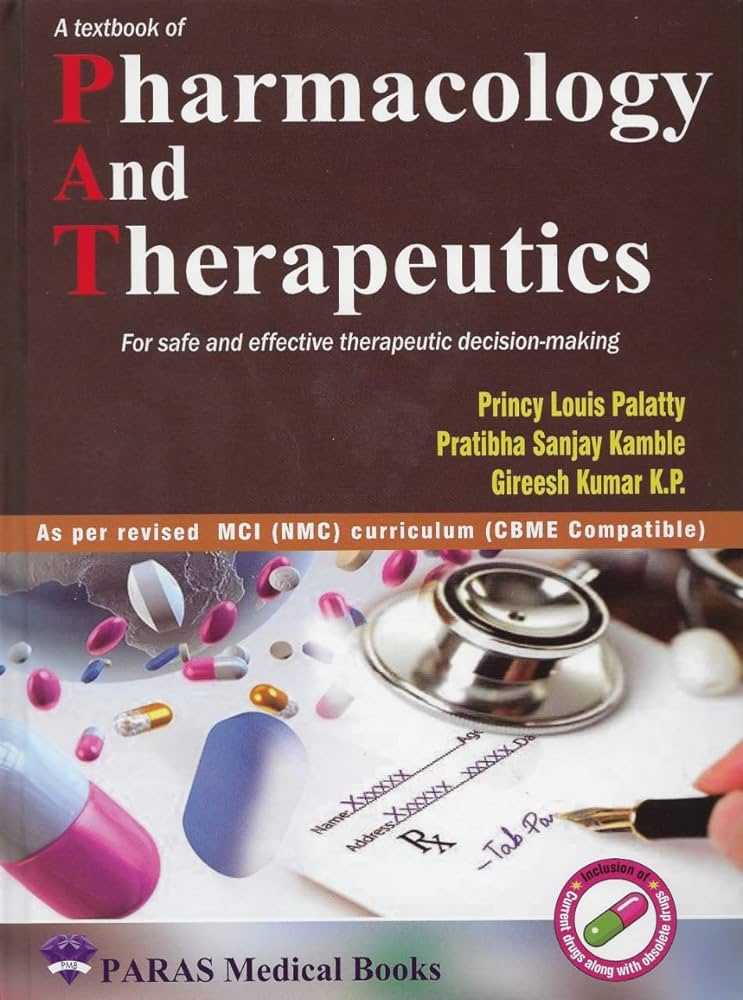Where are we now? Biased signalling of Class B G protein-coupled receptor-targeted therapeutics
IF 12.5
1区 医学
Q1 PHARMACOLOGY & PHARMACY
引用次数: 0
Abstract
Class B G protein-coupled receptors (GPCRs) are a subfamily of 15 peptide hormone receptors with diverse roles in physiological functions and disease pathogenesis. Over the past decade, several novel therapeutics targeting these receptors have been approved for conditions like migraine, diabetes, and obesity, many of which are ground-breaking and first-in-class. Most of these therapeutics are agonist analogues with modified endogenous peptide sequences to enhance receptor activation or stability. Several small molecule and monoclonal antibody antagonists have also been approved or are in late-stage development. Differences in the sequence and structure of these therapeutic ligands lead to distinct signalling profiles, including biased behaviour or inhibition of specific pathways. Understanding this biased pharmacology offers unique development opportunities for improving therapeutic efficacy and reducing adverse effects. This review summarises current knowledge on the ligand bias of approved class B GPCR drugs, highlights strategies to refine and exploit their pharmacological profiles, and discusses key considerations related to receptor structure, localisation, and regulation for developing new therapies.
我们现在在哪里?B类G蛋白偶联受体靶向治疗的偏导信号
B 类 G 蛋白偶联受体(GPCR)是由 15 种肽类激素受体组成的亚家族,在生理功能和疾病发病机制中发挥着不同的作用。在过去十年中,针对这些受体的几种新型疗法已被批准用于治疗偏头痛、糖尿病和肥胖症等疾病,其中许多疗法都是突破性的首创疗法。这些疗法大多是激动剂类似物,其内源性肽序列经过修饰,可增强受体的激活或稳定性。一些小分子和单克隆抗体拮抗剂也已获得批准或处于后期开发阶段。这些治疗配体在序列和结构上的差异导致了不同的信号特征,包括对特定途径的偏向行为或抑制。了解这种偏倚药理学为提高疗效和减少不良反应提供了独特的开发机会。本综述总结了目前有关已批准的 B 类 GPCR 药物配体偏倚的知识,重点介绍了完善和利用其药理特征的策略,并讨论了开发新疗法时与受体结构、定位和调控有关的主要考虑因素。
本文章由计算机程序翻译,如有差异,请以英文原文为准。
求助全文
约1分钟内获得全文
求助全文
来源期刊
CiteScore
23.00
自引率
0.70%
发文量
222
审稿时长
90 days
期刊介绍:
Pharmacology & Therapeutics, in its 20th year, delivers lucid, critical, and authoritative reviews on current pharmacological topics.Articles, commissioned by the editor, follow specific author instructions.This journal maintains its scientific excellence and ranks among the top 10 most cited journals in pharmacology.

 求助内容:
求助内容: 应助结果提醒方式:
应助结果提醒方式:


